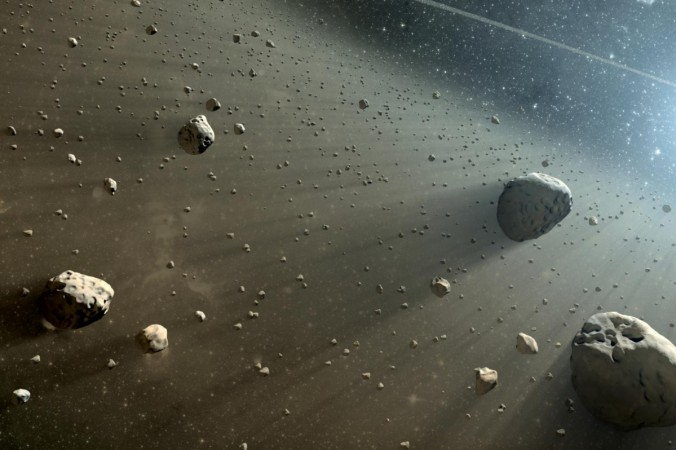
It was in 2017 that researchers discovered Oumuamua, an interstellar object that reached the solar system from the unknown nooks of the universe. Now, an amateur astronomer has discovered another interstellar object that has reached the solar system, as per an announcement from the Minor Planet Center.
The discovery was made by Gennady Borisov on August 30, 2019, using a self-made telescope. Minor Planet Center at the Center for Astrophysics revealed that this object has been now named C/2019 Q4 (Borisov) and upon finalization of its interstellar origin, scientists may change its name that begins with 2I, denoting it is the second interstellar object.
Initial analysis revealed that this interstellar object has a hyperbolic shaped orbit. The current trajectory suggests that this interstellar object will gradually exit the solar system and will never ever return again.
"Based on the available observations, the orbit solution for this object has converged to the hyperbolic elements shown below, which would indicate an interstellar origin. A number of other orbit computers have reached similar conclusions," wrote Minor Planet Center in their recently issued circular.
After the discovery of Oumuamua, Avi Loeb, a researcher at Harvard University had suggested that the weird trajectory of the interstellar object is a clear indication that it is an alien probe. Even after strong criticisms, Loeb affirmed his theory and made it clear that the weird shape and trajectory assures that an alien light sail has visited the solar system.
However, several space experts claimed that the weird trajectory and change in its acceleration is due to a natural phenomenon called outgassing.
A few months ago, Avi Loeb and Amir Siraj, an undergraduate student at Harvard University revealed that an interstellar meteorite might have hit the earth in 2014. Loeb and Siraj revealed that the meteorite was approaching at a breathtaking speed of 134,000 miles per hour, and the angle in which it approached the earth indicated that it might have reached the earth from deep nooks of the space outside the solar system.









